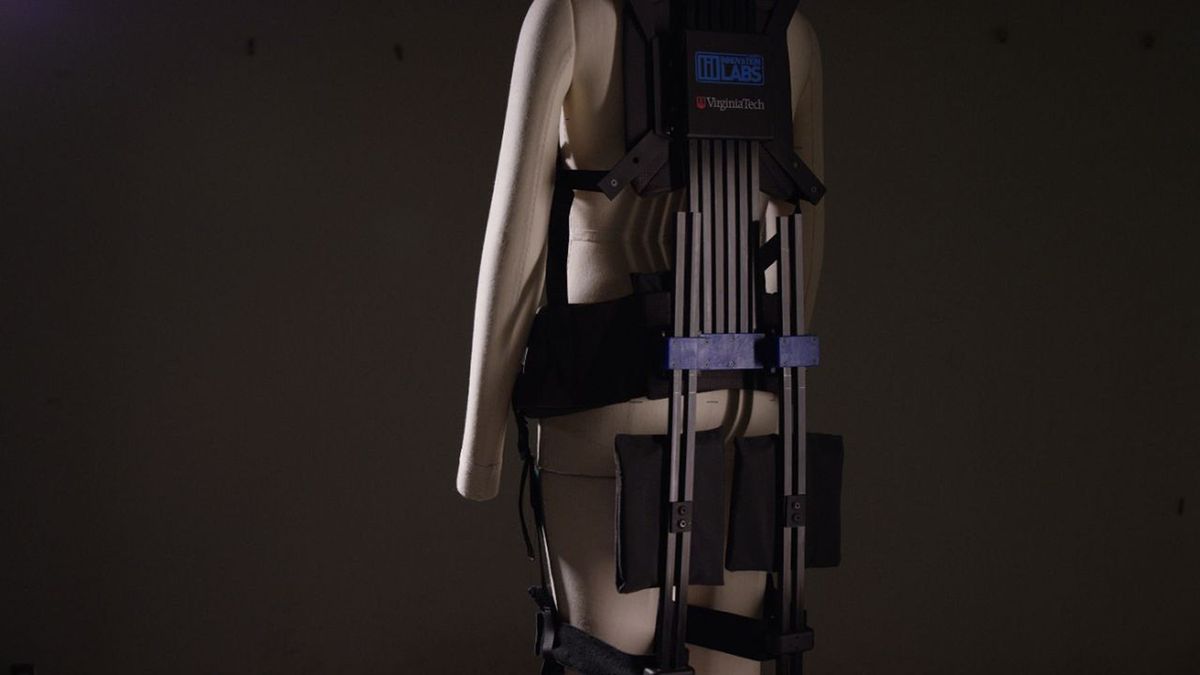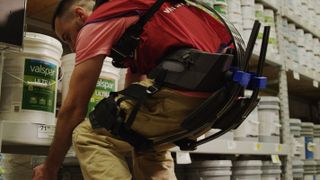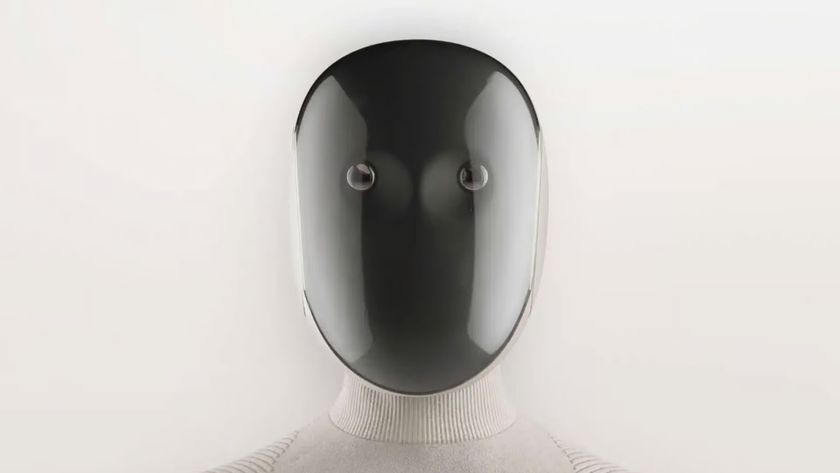Robotic Exosuits Help Workers Lift Heavy Loads

Employees at a Lowe's hardware store in Christiansburg, Virginia, recently channeled Ellen Ripley in the 1986 movie "Aliens," as they donned mechanical exoskeletons to help them lift and move heavy objects.
The wearable robotic suits — which are significantly lighter and less cumbersome than the forklift with legs that Ripley wore to defeat the xenomorph queen — were developed in partnership with the Assistive Robotics Laboratory at Virginia Tech College of Engineering and Lowe's Innovation Labs. They were designed to reduce fatigue in the workplace caused by transporting oversize and bulky products, Virginia Tech representatives said in a statement.
Months of testing produced four flexible suits that bestow "special superpowers" to wearers, reinforcing correct lifting posture and improving their performance, according to Lowe's representatives. [Video: Lowe's Workers Test Robotic Suits]
The suit is worn over regular clothes, encircling the wearer over the shoulders, and around the chest, waist and thigs. Carbon fiber in the back and legs of the exosuit store energy when the users bend down. That energy is then fed back as the users straighten up, much as a stretched bowstring transmits energy when released, to send an arrow flying. This means that a person wearing the robotic suit needs to exert less effort to accomplish certain labor-intensive tasks, such as lifting and carrying a bag of concrete.

In-store tests with Lowe's employees provided an exciting — and rare — chance for the suit's engineers to connect directly with users and see its real-world applications as it was being developed, co-designer Taylor Pesek, a master's degree candidate in mechanical engineering at Virginia Tech, said in a statement.
"Projects such as the Lowe's exosuit really provide an opportunity for engineers who sit behind desks most of the time to really reach out and help other people," Pesek said.
"My background was in robotics, where the technology was incredible, but still years away from showing up in everyday life," he said. "The exciting thing about this exosuit is that it will already be directly assisting people as it's being developed."
Sign up for the Live Science daily newsletter now
Get the world’s most fascinating discoveries delivered straight to your inbox.
Lowe's officials will track the performance of the suits to determine the best course for expanding their use into more locations. The Virginia Tech team, meanwhile, will continue to explore other applications for the wearable lift-assisting technology.
Original article on Live Science.

Mindy Weisberger is an editor at Scholastic and a former Live Science channel editor and senior writer. She has reported on general science, covering climate change, paleontology, biology and space. Mindy studied film at Columbia University; prior to Live Science she produced, wrote and directed media for the American Museum of Natural History in New York City. Her videos about dinosaurs, astrophysics, biodiversity and evolution appear in museums and science centers worldwide, earning awards such as the CINE Golden Eagle and the Communicator Award of Excellence. Her writing has also appeared in Scientific American, The Washington Post and How It Works Magazine. Her book "Rise of the Zombie Bugs: The Surprising Science of Parasitic Mind Control" will be published in spring 2025 by Johns Hopkins University Press.












